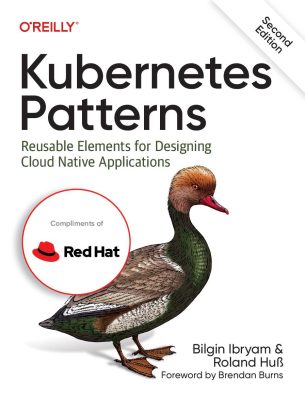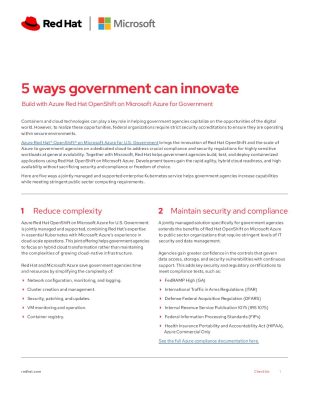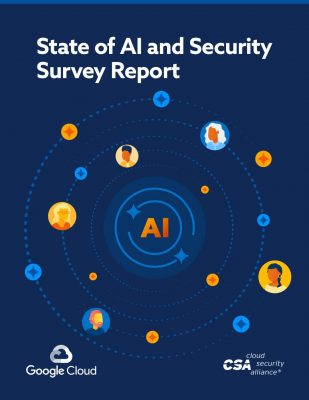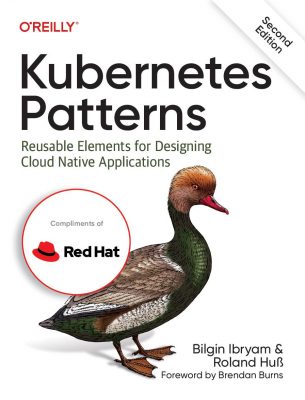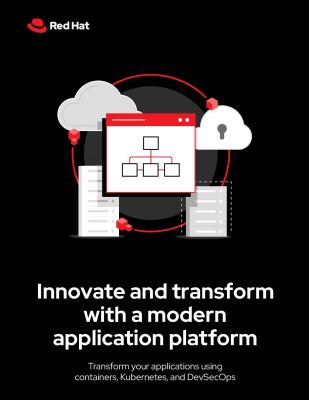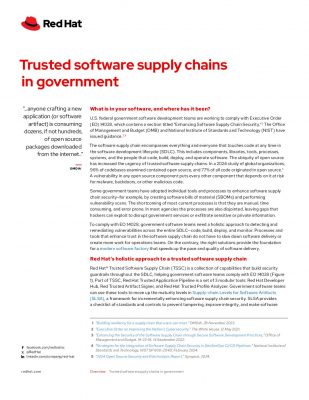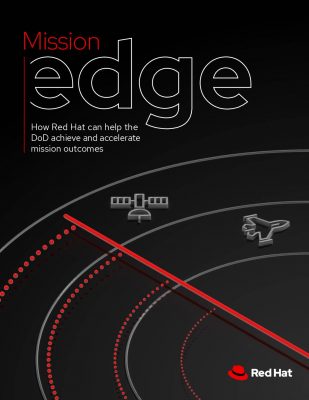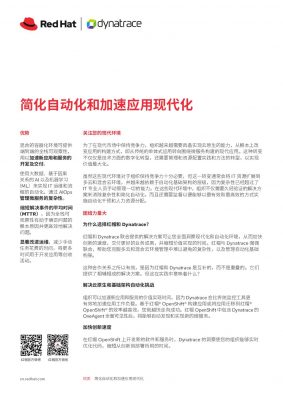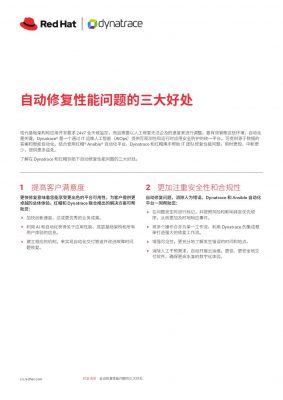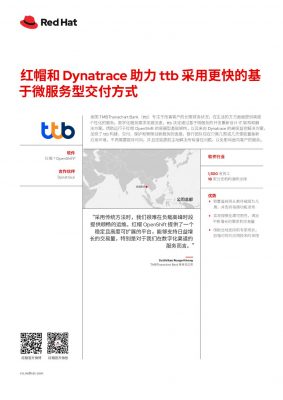Highlights:
- A key advantage of cloud analytics is real-time data integration, allowing you to consolidate structured, unstructured, batch, and streaming data with minimal complexity.
- Cloud analytics requires substantial computing power to ingest, structure, process, store, and analyze large datasets at scale.
The rise of mobile apps and digital touchpoints has flooded businesses with data. While the cloud makes storing this data feasible, it also presents a challenge: managing it effectively. Traditional analytics tools aren’t built for cloud-scale data. Enter cloud analytics—modern, user-friendly tools that provide deep, scalable, and self-service insights for all users, not just tech experts.
Cloud analytics transfers data storage and processing to the cloud, facilitating businesses to process huge, complex datasets. Like on-premises tools, it identifies patterns, makes predictions, and provides BI insights through enhanced scalability and efficiency with cloud technologies.
How does Cloud Analytics Work?
Cloud analytics functions similarly to other forms of cloud computing by offering scalable cloud resources and robust analytical tools, either in a public or private cloud environment. Services and solutions are accessible on a subscription-based or pay-as-you-go model, providing flexibility to meet business demands.
In most cases, the cloud analytics providers manage and maintain the service, enabling you to extract insights without hurdles of performance, scalability, or reliability. You have the option to fully transition your modern data analytics operations to the cloud or adopt a hybrid approach, where specific processes are migrated to the cloud to reduce costs or enhance performance, while others remain on-premises.
For instance, you might leverage a cloud-based enterprise data warehouse to store large volumes of business data sourced from both on-premises and cloud applications. From there, cloud analytics tools can be utilized for a range of use cases, including cloud reporting, streaming analytics, predictive analytics, machine learning, and embedding dashboards or analytics into other systems and applications.
Understanding how cloud analytics work provides a solid foundation for exploring its various types and their specific applications in modern business infrastructure.
Types of Cloud Analytics
There are three main types of cloud analytics in cloud computing, based on the environment you select:
-
Public cloud analytics
It is provided in a public cloud with a multitenant architecture, allowing multiple organizations to utilize the same resources and services—such as virtual machines, data storage, and data processing—without sharing their data.
-
Private cloud analytics
This is accessed exclusively by a single organization within a private cloud. Private clouds provide many of the same benefits as public clouds but are either located in an on-premises data center or hosted off-site on dedicated servers through third-party IT infrastructure. Private cloud analytics solutions offer enhanced data security and management but are significantly more expensive to scale and maintain.
-
Hybrid cloud analytics
This approach blends public and private cloud analytics in a hybrid environment, using the public cloud for non-sensitive data and private cloud or on-premises systems for sensitive data requiring stricter governance. Hybrid cloud analytics provide flexibility, delivering insights wherever your data resides.
Learning the various types of cloud analytics sets the foundation for exploring their unique features and capabilities.
Capabilities and Features of Cloud Analytics Architecture
You’re utilizing cloud analytics if any critical aspects of the data analytics process are in the cloud. When evaluating solutions and tools, seek multi cloud analytics characteristics that offer one or more of the following:
-
Data models
Cloud-based data models define data structure and relationships between elements. Cloud providers should offer analytics solutions with data models tailored to your business requirements.
-
Data sources
The capability to capture and ingest data from various sources, such as websites, ERP and CRM systems, mobile apps, and social media platforms, is essential. A key advantage of cloud analytics is real-time data integration, allowing you to consolidate structured, unstructured, batch, and streaming data with minimal complexity.
-
Data processing
Cloud based analytics should accelerate data processing applications and capabilities to efficiently handle large volumes of data from various systems, speeding up analysis and insight generation.
-
Computing power
Cloud computing analytics requires substantial computing power to ingest, structure, process, store, and analyze large datasets at scale. Utilizing public cloud resources ensures quick data processing and delivery without concerns about scaling capacity or provisioning.
-
Analytics model
Cloud data analytics should enable you to utilize pre-built advanced analytics and AI and ML models, as well as develop your own, to analyze complex data for enhanced real-time predictions, forecasting, and decision-making.
Cloud analytics tools empower organizations to harness vast data sets, transforming raw information into actionable insights with unparalleled scalability and efficiency.
Cloud Analytics Tools
Many tools for cloud analytics are easily accessible via web browsers. Here are some popular types of tools along with examples:
-
Website analytics
Website traffic analytics is a popular category of cloud analytics. These tools allow you to analyze traffic, conversion rates, bounce rates, and other metrics to continuously improve user experience and boost revenue and profitability.
-
Performance analytics
Performance analytics examines sales, manufacturing, and other data to identify bottlenecks, sources of expenses, and opportunities for improvement.
-
Sales analytics
Sales analytics software helps you manage customers and prospects, assess sales across regions, and monitor your sales team’s performance. This data reveals important trends that can inform more effective sales strategies for leaders.
In an era where data drives strategic decisions, selecting the right cloud analytics solution is crucial for harnessing actionable insights and fostering business growth.
How to Select the Most Appropriate Cloud Analytics Platform?
Cloud analytics tools vary, so choose one that aligns with your data needs, business goals, and IT setup. Here’s what to consider in a solution.
-
Authentic cloud based
Some platforms claim to be cloud based but still require local software for development, which isn’t real cloud computing data analytics. Cloud-based development is easier for users and reduces security risks by avoiding local data copies. A genuine cloud service provider handles support, infrastructure, updates, and disaster recovery, letting you focus on analytics while reducing internal costs.
-
Managing data gravity
Many SaaS analytics vendors require data migration to their cloud, which can be costly and cause latency. Choose a solution that lets you keep data where it’s most efficient and avoids vendor lock-in, ensuring flexibility.
-
Single point of entry
User adoption is crucial for any SaaS solution. Choose a platform with a single login point and easy management for admins across clouds, regions, and users. Ensure the entire operations can be managed from one console, with flexible deployment of cloud infrastructure.
-
Scalability and performance
Many analytics tools face performance issues due to their query-based design, limiting flexibility and slowing pivoting. Choose a high-performance solution that handles large user loads quickly and scales easily in any direction.
-
Orchestration across cloud infrastructure
Automation is speeding up cloud scale analytics and enhancing insights. AI accelerates strategic decisions with data preparation, transformation, dataset combination, and visual creation.
Takeaway
Cloud business analytics offers a scalable, efficient solution without the need for significant infrastructure investment. Unlike traditional on-premise systems, cloud providers manage maintenance and system operations, allowing organizations to focus on core activities. By leveraging cloud-hosted solutions, companies gain access to enhanced performance, scalability, and operational flexibility.
Explore a curated selection of cloud-related whitepapers designed to enhance your understanding with detailed analysis and comprehensive insights.
